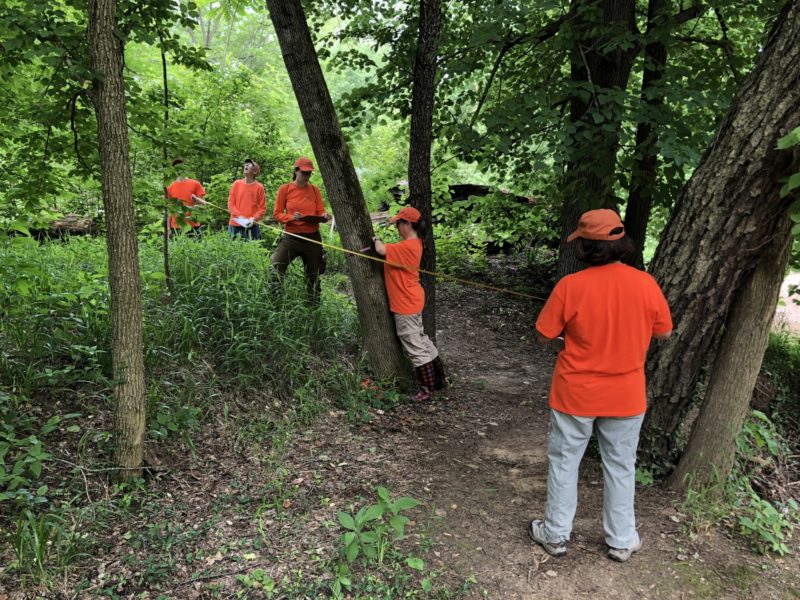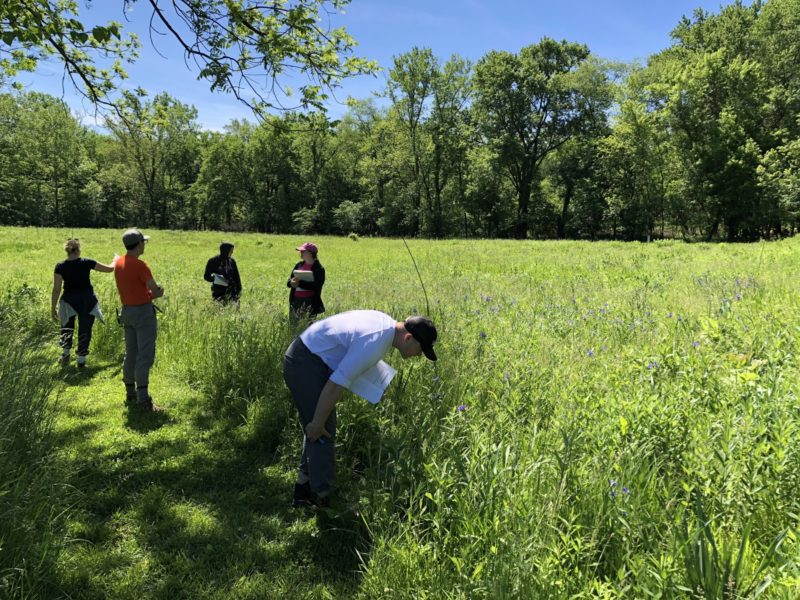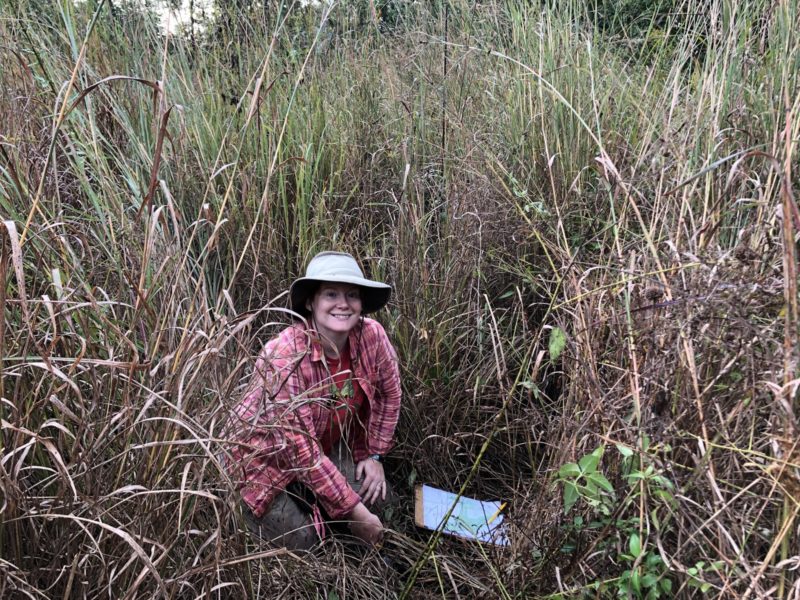I knew about the Project Clear work that would be happening at LREC when I took the position, so I was aware of the challenges that lay ahead. Project Clear is ultimately an important project for the community in St. Louis. The removal of our waste products from urban streams is vital for both human health and the health of the environment. It is, however, incredibly unfortunate that so much established wildlife habitat in the region will be lost and have to be restarted from scratch. Without follow up management, disturbed urban sites get quickly overrun with invasive species.

Over the thirty years of ecological restoration and management at LREC, so much data has been recorded. LREC is an outdoor educational site for pre-K children all the way to adults, so having that kind of scientific evidence as a teaching tool is important. When thinking about how the data from the Project Clear restoration could be used in the future as a teaching tool to better educate the St. Louis community about our environment, I wanted to make sure we could get the best data possible. Of course, this would have to be gathered in a very short period of time, considering I thought we only had around a year to do so. I would have neither the time nor the experience needed to gather such a wide scope of data. For this kind of help, I looked no farther than our community.

At first, help came from volunteers and staff already familiar and experienced with the site. Later, as the project went on, I was able to meet with more and more local specialists who realize what an important place LREC is for data collection. Researchers and volunteers from many different local entities aided us this past year in data collection, including Webster University, World Bird Sanctuary, Saint Louis University, Webster Groves Nature Study Society, Maryville University, Missouri Master Naturalists, Washington University, Missouri Botanical Garden, Missouri University Soil Lab, the Institute of Botanical Training, and the Missouri Native Plant Society. Even more partner groups have expressed interest in the future of the site.

With this kind of community assistance, we were able to collect and record so much important data in such a small time frame. From the water quality of Deer Creek, to the plants and their pollinators that once resided within the pipeline’s path, I feel pretty comfortable in the information gathered within the year. I am incredibly grateful of all the community support for this project so far, and incredibly humbled by the passion shown thus far.
